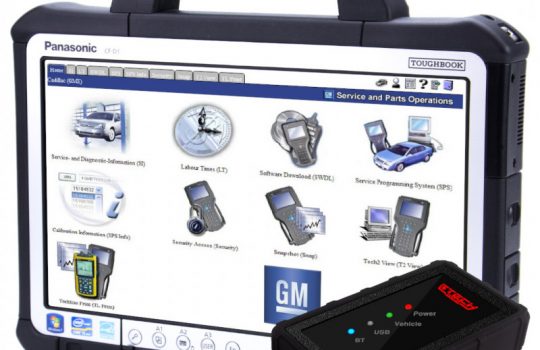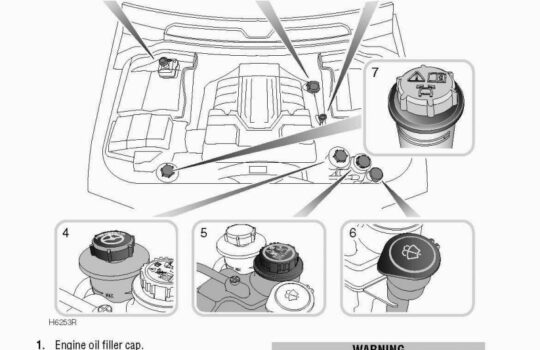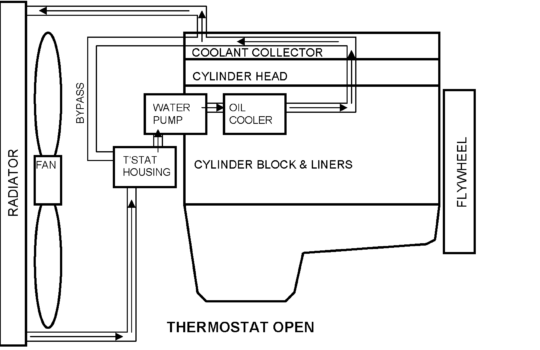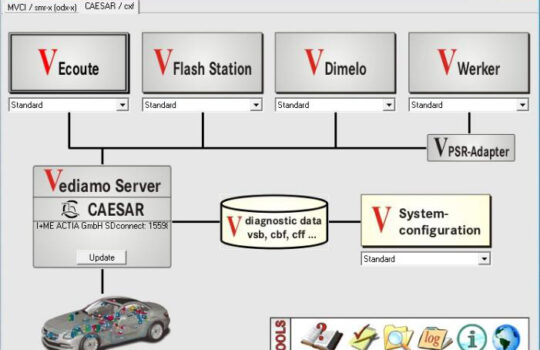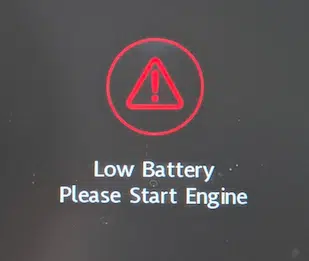P0420 Code Explained – Causes and Solutions
April 14, 2023 2023-05-05 18:08P0420 Code Explained – Causes and Solutions
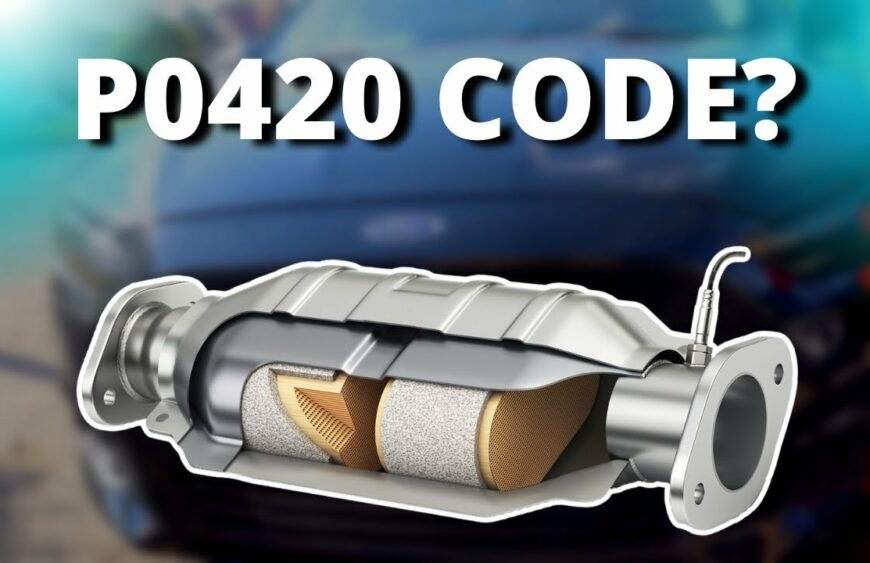
P0420 Code Explained – Causes and Solutions
If you own a car, you’ve probably encountered the check engine light at some point. One of the most common error codes is P0420, which refers to a problem with your car’s catalytic converter. In this post, we’ll go over what the P0420 code means, its symptoms, and how to fix it.
Table of content
What is the P0420 Code?
Symptoms of the P0420 Code
Causes of the P0420 Code
Fixing the P0420 Code
FAQs
What is the P0420 Code
The P0420 code is a generic error code that indicates a problem with the catalytic converter in your car. The catalytic converter is responsible for reducing the emissions that come out of your car’s exhaust system. When the P0420 code appears, it means that the catalytic converter isn’t working as efficiently as it should be.
Symptoms of the P0420 Code
The symptoms of the P0420 code can vary depending on the car and the severity of the problem. Some common symptoms include:
- Check engine light is on
- Reduced engine performance
- Decreased fuel efficiency
- Strange smells coming from the exhaust
- Rattling or other unusual noises coming from the exhaust
Causes of the P0420 Code
There are many different things that can cause the P0420 code to appear. Some of the most common causes include:
- Failing catalytic converter
- Oxygen sensor failure
- Exhaust leaks
- Engine misfires
- Problems with the fuel system
Fixing the P0420 Code
Fixing the P0420 code can be a complicated process and need specialized car diagnostics tools and software, as there are many different things that can cause it. Some of the most common fixes include:
- Replacing the catalytic converter
- Replacing the oxygen sensor
- Fixing exhaust leaks
- Fixing engine misfires
- Cleaning or replacing the fuel injectors
Frequently Asked Questions
Q: How do I fix code P0420?
A: Fixing the P0420 code will depend on the underlying issue causing it. Some common fixes include replacing the catalytic converter, repairing or replacing faulty O2 sensors, repairing exhaust leaks, or addressing issues with the engine. It is recommended to take your vehicle to a qualified mechanic for diagnosis and repair.
Q: Can I drive my car with a P0420 code?
A: It is generally safe to drive your car with a P0420 code, but it is not recommended to ignore the problem for too long. If the issue causing the code is not addressed, it could lead to decreased performance and fuel economy, and may cause damage to other components of the engine.
Q: Does P0420 mean I need a new catalytic converter?
A: While a P0420 code can indicate a problem with the catalytic converter, it does not necessarily mean that you need to replace it. The code could be caused by a faulty O2 sensor, exhaust leak, or other issue. It is best to have a qualified mechanic diagnose the problem to determine the appropriate course of action.
Q: Why does P0420 Bank 1 mean?
A: The P0420 Bank 1 code indicates that there is an issue with the catalytic converter on the side of the engine where cylinder 1 is located. This is typically the side of the engine where the first O2 sensor is located.
Q: Which O2 sensor is P0420?
A: While a P0420 code can be caused by a faulty O2 sensor, it is not specifically related to a single sensor. The code indicates that there is an issue with the catalytic converter’s efficiency, which could be caused by a number of factors, including faulty O2 sensors.
Q: Where is Bank 1 sensor 1 located?
A: Bank 1 sensor 1 is located on the side of the engine where cylinder 1 is located, typically on the exhaust manifold or the exhaust pipe directly upstream of the catalytic converter.
Q: How do I know if my O2 sensor is bad?
A: Signs of a bad O2 sensor can include a decrease in fuel economy, engine misfires, rough idling, and a lit Check Engine Light. However, the only way to accurately diagnose a faulty O2 sensor is to have it tested by a qualified mechanic.
Q: Which O2 sensor is Bank 1?
A: Bank 1 O2 sensors are located on the side of the engine where cylinder 1 is located. The specific location of the sensor may vary depending on the make and model of your vehicle.
Q: Is my O2 sensor bad or catalytic converter?
A: It can be difficult to determine whether a faulty O2 sensor or catalytic converter is causing a P0420 code. It is best to have a qualified mechanic diagnose the issue to determine the appropriate course of action.
Read also: Top 5 BMW Diagnostic Software to Master in 2023
As a conclusion, if you’re experiencing the symptoms of the P0420 code, it’s important to get it checked out by a mechanic as soon as possible. Ignoring the problem can cause damage to your car’s engine and can even be dangerous. However, with the right diagnosis and fix, your car can be back to running smoothly in no time.
Read also: Understanding the BMW 801C20 Fault Code: Causes & Fix
